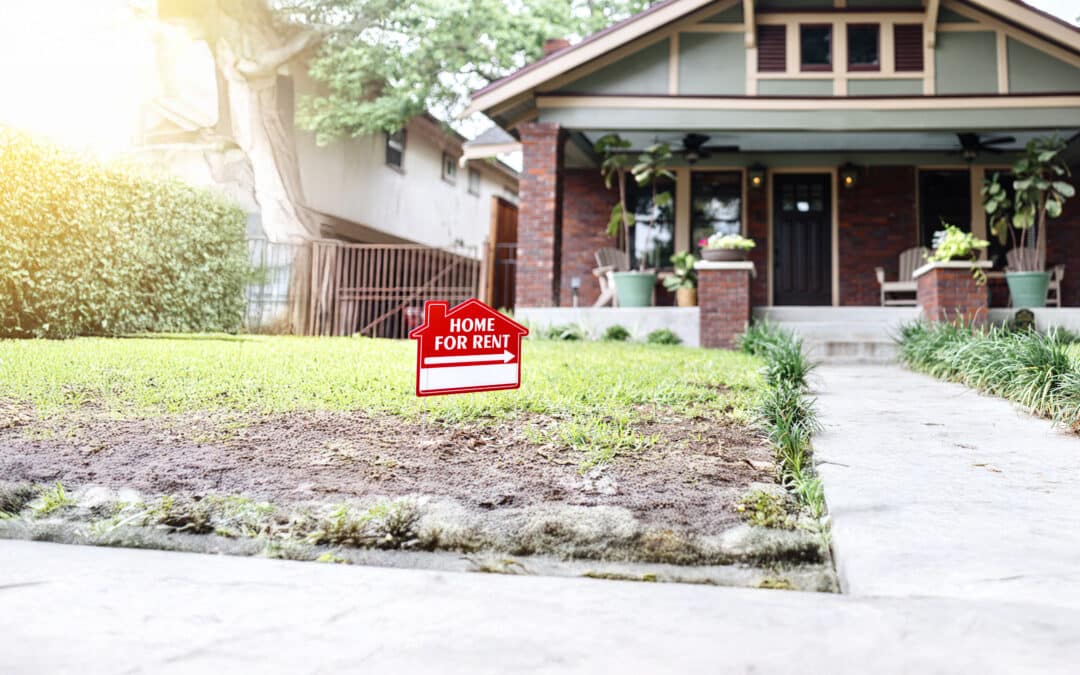Yesterday, California’s Energy Commission voted to require solar panel installations on nearly all new homes by January 1, 2020. Not surprisingly, solar shares surged upward in the wake of the vote while homebuilder shares fell, since the move will add somewhere between $10,000 and $30,000 to construction costs. However, noted C.R. Herro, Meritage Homes’ vice president of environmental affairs, the solar installations could, in the right setting, reduce operating costs of the home by as much as $60,000 over the estimated 25-year life of a solar installation.
The mandate is part of an effort championed by California governor Jerry Brown to reduce carbon emissions by 40 percent by 2030. Supporters of the move say that the new policies will lead the way for other states to establish similar requirements.
Investor Insight: This requirement could add significant expense to California development.
However, California’s position as a “pilot” for this move could stall it before it really gets moving. The state already struggles with high housing costs and difficulties with new construction and development. “With home prices rising as much as they have, I think home buyers might find it a little distasteful to be forced to pay more for solar systems they may not want or feel like they can’t afford, even though, in the long term, it’s the right answer,” warned another Meritage spokesman.
Investors considering installing solar panels on their own investment properties must consider multiple factors, including whether or not their target market will find them attractive and whether the solar installation will substantially reduce energy bills in the area. Not every environment or every building benefits from solar installations. Asphalt- and wood-shingle roofs are the best for this type of installation, and the panels work best on roof planes that face due south or west. If your roof spends much of the day in shade, your system will not perform optimally, although today’s solar panels are much more light sensitive and do not require long, sunny days as older models did. Also note solar panel installations should generally happen on roofs “younger” than 15 years of age. This is because removing the panels to replace the roof is costly and difficult, and likely one reason California’s Energy Commission opted to only put the requirement on new construction.
























0 Comments